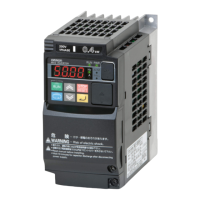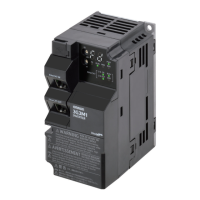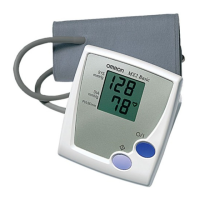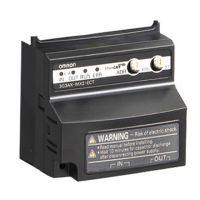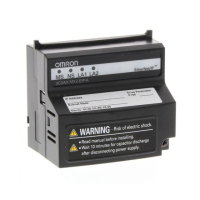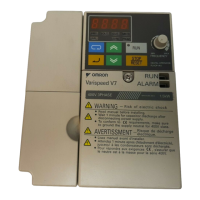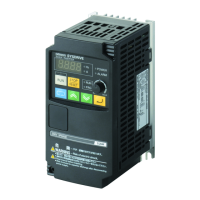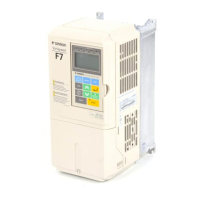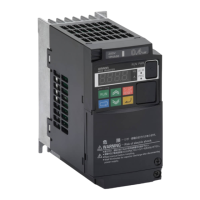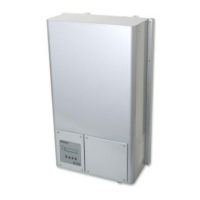251
Maintenance and Inspection Section 6-4
6-4-5 Inverter Output Voltage Measurement Techniques
Taking voltage measurements around drives equipment requires the right
equipment and a safe approach. You are working with high voltages and high-
frequency switching waveforms that are not pure sinusoids. Digital voltmeters
will not usually produce reliable readings for these waveforms. And, it is usu-
ally risky to connect high voltage signals to oscilloscopes. The inverter output
semiconductors have some leakage, and no-load measurements produce
misleading results. So, we highly recommend using the following circuits to
measure voltage for performing the equipment inspections.
!HIGH VOLTAGE Be careful not to touch wiring or connector terminals when working with the
inverters and taking measurements. Be sure to place the measurement cir-
cuitry components above in an insulated housing before using them.
V Class Diode
Bridge
Voltmeter V Class Diode
Bridge
Voltmeter
200 V Class 600 V
0.01 A min.
300 V range 200 V Class 600 V
0.01 A min.
300 V range
400 V
Classs
100 V
0.1 A min.
600 V range 400 C Class 100 V
0.1 A min.
600 V range
InverterInverter
L1/R
L2/S
L3/T
U/T1
V/T2
W/T3
Inverter
L1/R
L2/S
L3/T
U/T1
V/T2
W/T3
Voltage measurement with load Voltage measurement without load
220 kΩ
2 W
+– +–
Additional resistor
5 kΩ
30 W
220 kΩ
2 W

